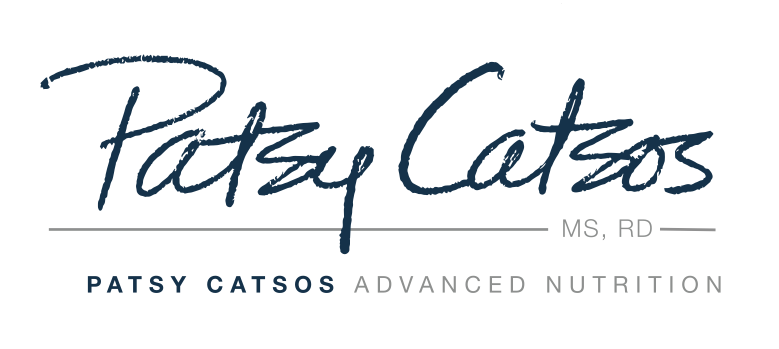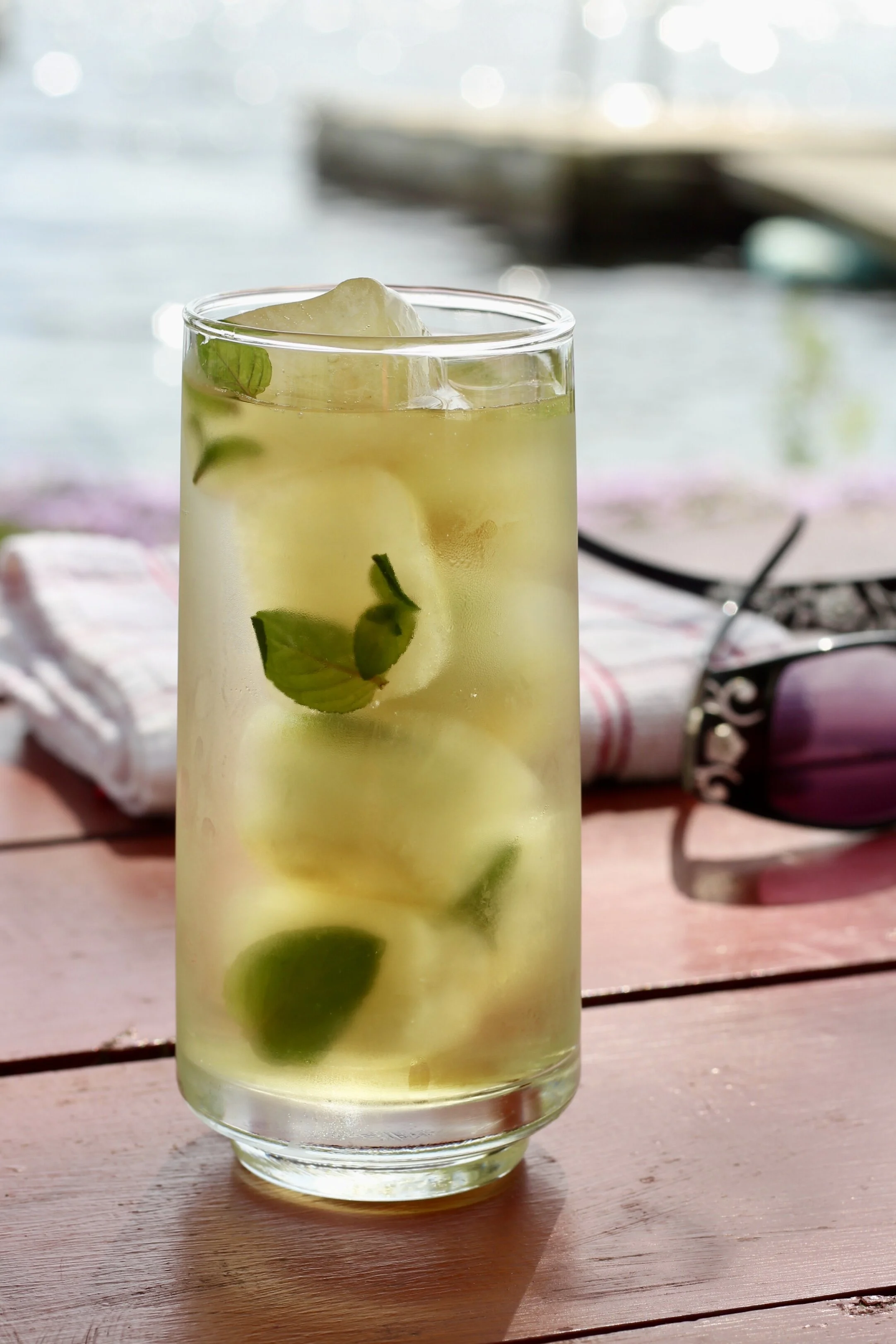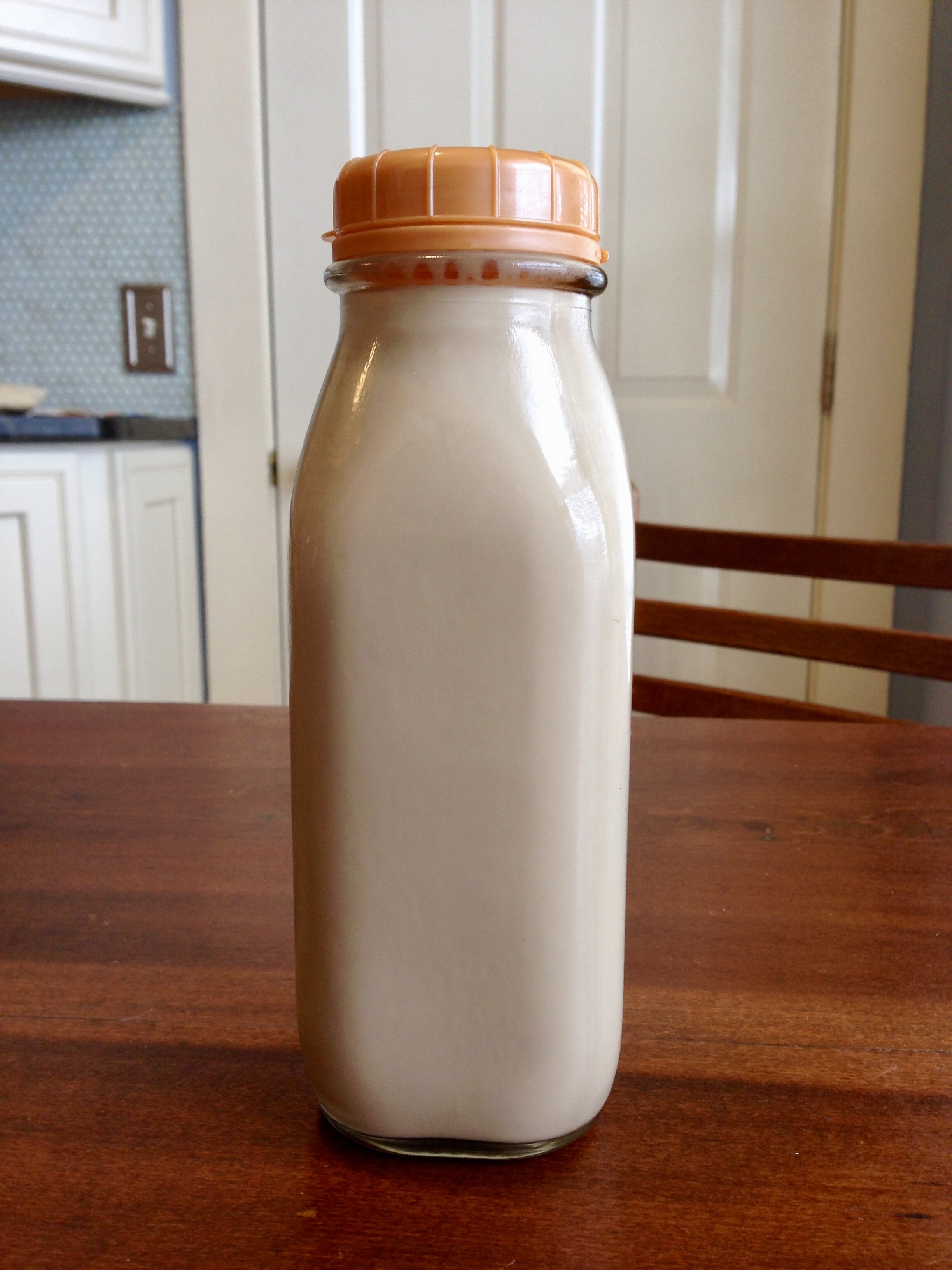Q. Do you have a low-FODMAP recipe I could use instead of purchasing bottled sports drinks?
When is plain or infused water good enough to replace fluids?
Short Answer: There is no short answer, because an appropriate substitution for bottled sports drinks depends upon why you are asking. Many people don’t actually need this sort of beverage at all, despite the heavy marketing of these products. On the other hand, “Distance or extreme athletes, people with major GI output such as with vomiting or diarrhea, or people with short bowel syndrome must replace electrolytes, and plain water will not do the trick,” according to Dr. Carol Ireton Jones, an expert on hydration for short bowel syndrome.
Electrolytes circulate throughout the human body and regulate many of our body’s functions, such as the function of nerves and muscles. Examples of electrolytes include sodium, potassium, calcium, magnesium, chloride, phosphate, and bicarbonate.
Most patients with IBS and IBD do not need to use electrolyte drinks all the time. Ordinary water will be fine as your main fluid source unless your healthcare provider specifically advises otherwise, such as during an especially bad flare of diarrhea. At your next medical appointment, ask your provider for guidance on when to use an electrolyte drink. Then keep a commercial product or the ingredients for a homemade drink like the one below on hand, just in case, to use as your provider suggested. According to Dr. Ireton-Jones, “Commercially available “sport” electrolyte drinks have only small amounts of added sodium or potassium. Pedialyte or similar beverages have more sodium and are better to re-hydrate.” If you are concerned that you are becoming medically dehydrated or experiencing an electrolyte imbalance, call your doctor for advice.
Be sure you don’t cut back on fluids when you have diarrhea. It won’t help, and it doesn’t follow that doing so will reduce the volume of your watery diarrhea. Even though it might appear that the water goes in one end and out the other, it’s quite a bit more complicated than that. In fact, you need fluids more than ever, to replace the fluids you are losing, and to avoid dehydration.
When you perspire due to an hour or more of high-intensity exercise or working for hours in the heat, you might benefit from replacing both fluids and electrolytes with a sports drink, or a homemade drink such as the recipe below. There are a couple of certified low-FODMAPA sports or electrolyte drink mixes on the market now, such as Stallar Labs Pure Hydraton. Cerasport has several products now appearing as certified low-FODMAP in the Monash FODMAP app as well. I was provided with samples of these.
Milk can be used as a sports beverage. To keep it low-FODMAP, choose lactose-free milk.
If you just want something other than plain water for a change after light exercise, or during mild bouts of IBD or IBS, skip the sports drink and try some low-FODMAP cold beverages such as a glass of strawberry- or cucumber-infused water, iced peppermint or ginger tea, or unsweetened flavored seltzer water. Check out our 5 Chill Tips for Cold Drinks. Or, you could try a chilled glass of milk, which research has shown provides the right proportions of sugars and electrolytes to serve as a natural and effective sports drink. Choose lactose-free milk to keep it low-FODMAP. Coconut water isn’t as good a choice; it contains electrolytes, but it isn’t low FODMAP in portions that would provide a decent amount of fluid.
If you are doing a colonoscopy prep, please follow the exact instructions provided to you by your gastroenterologist. For your safety and to make sure your bowel prep is effective, don’t substitute anything else for the sports drink or electrolyte beverage you have been asked to take. Gatorade is often recommended for colonoscopy prep; in recent years some practices have OK’d coconut water as an alternative. Check with your doctor’s office to discuss the coconut water option if it wasn’t offered. Sorry folks, there really isn’t way to do a colonoscopy prep without watery diarrhea, so don’t worry about the FODMAP content of the prep materials.
If you are medically dehydrated or have reason to suspect you are experiencing an electrolyte imbalance, don’t fool around in your kitchen making a homemade oral dehydration solution. Instead, get medical help immediately and follow medical advice to correct the problem. IV or other treatment may be required to get fluid or electrolyte levels back to normal. Call the doctor or go to the emergency room if you have voluminous diarrhea for more than 24 hours, can’t keep fluids down, or become irritable, disoriented or sleepier than usual. See this, from the Mayo Clinic: Dehydration overview and list of symptoms for children and adults.
If you have short bowel syndrome or another condition that causes chronic fluid and electrolyte imbalance, your doctor may advise you to use electrolyte drinks all the time. You may be able to use a homemade oral rehydration with low-FODMAP ingredients. Run it by your doctor or dietitian before using a homemade drink instead of a commercial product. A good oral rehydration solution needs to have just the right balance of sodium and carbohydrate (sugar) to promote rapid fluid absorption into your body. If not carefully prepared, your beverage could actually make matters worse by doing the opposite, drawing more water into the gut and worsening diarrhea.
Low FODMAP Rehydration Smoothie
Don’t expect this to taste like a commercial sports drink. It contains more salt, which is needed to replace electrolytes along with fluids. In fact, it contains too much sodium for everyday use for most people. It is for use as directed by a health care professional to prevent or treat dehydration or loss of electrolytes due to a medical condition, illness, or prolonged perspiration while working under extreme heat. The banana improves the flavor, and also adds potassium and some resistant starch to the smoothie.
1 liter of water (4 ¼ cups)
¼ teaspoon table salt
¼ teaspoon baking soda (or another 1/4 teaspoon of salt, if baking soda is not available)
2 tablespoons granulated sugar
1 greenish banana (optional: peel, quarter, and freeze ahead of time)
Warm the water in a saucepan or microwave. Stir in the salt, baking soda, and granulated sugar, until dissolved, then cover and refrigerate.
For one serving: Combine ¼ of the chilled water-salt solution and ¼ banana in the bowl of a blender. Blend at high speed until smooth and serve immediately.
Recipe makes 4 servings, to be consumed as directed by your healthcare provider.
Further reading:
Homemade Oral Rehydration Solutions, University of Virginia Health System.
What is the Alternative to commercially-prepared oral rehydration solution (ORS) for the treatment of pediatric dehydration? Medscape, Nov 12, 2018.
Oral Rehydration Solutions: Made at Home, Rehydrate.org, Jan, 2012
This page may contain affiliate links. We are a participant in the Amazon Services LLC Associates Program, an affiliate advertising program designed to provide a means for us to earn fees by linking to Amazon.com and affiliated sites.




